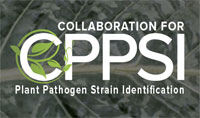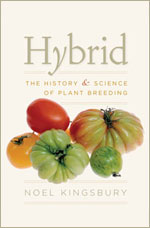Rice will play an essential role in the quest to solve this "9 Billion People Question." Rice is, and will continue to be, the primary source of food/calories for half the world and many rapidly growing regions.
The University of Arizona is home to innovative research and scientists committed to forging new paths to make sure that a crisis is averted and the situation is improved for future generations.
Several hundred of the world’s top scientists spent this week at the UA participating in the 12th International Symposium on Rice Functional Genomics, or ISRFG.
This year’s symposium marked a significant milestone. It was at the ISRFG meeting held at the UA 10 years ago that the International Rice Genome Sequencing Project celebrated the completion of the rice genome. This was the first genome completed for any crop plant, and to date it remains the highest-quality reference genome, impacting the fields of plant biology and agriculture.
The UA’s Rod Wing — director of the Arizona Genomics Institute, a member of the BIO5 Institute and the Bud Antle Endowed Chair Professor in the School of Plant Sciences, Ecology and Evolutionary Biology — served as co-chair of this year’s symposium.
The implications of the 2004 landmark were scientifically complex but applicable to other genome sequencing projects.
"We learned how many genes rice have and their order across its 12 chromosomes," Wing said. "The rice genome provided an unlimited set of genetic markers that could be used to map agriculturally important genes related to yield, grain quality, biotic (diseases) and abiotic (drought, heat, salt) stresses, for example."
The genome opened the door for the cloning of hundreds of important genes for understanding plant biology, evolution, and domestication that informed the sequencing of other cereal genomes, such as maize, sorghum, barley and wheat.
The goal was to ensure that further work could be translated into practical solutions that rice breeders could use to improve and stabilize the world food supply for generations to come.
This year’s symposium focused on recent breakthroughs in structural, functional and evolutionary rice genome biology and breeding — pushing current scientific knowledge to address the need of sustainably increasing crop yields and global food security.
A series of sessions was aimed at capitalizing on biological resources and new discoveries to design a new age of crop plants that have less of on environmental footprint (plants that use less water, fertilizer, pesticides) but are higher yielding and more nutritious. There also was discussion on promoting collaborative research opportunities across the world.
In addition, collaborators devised a set of strategic plans to promote a campaign for $9 billion to help solve the 9 billion people question. This effort will focus on raising funds to create and staff a half-dozen collaborative, green science and technology centers across the globe to perform coordinated research aimed at creating the next generation of crops that will feed the world's population in a sustainable way.
The Arizona Genomics Institute, housed in the UA’s BIO5 Institute, specializes in building a physical map of a genome, which will allow scientists to locate and identify genes that can improve and strengthen crops and increase yield, creating strains of crops that make up 60 percent of a person's diet.













